Immediate Postpartum LARC
What is immediate postpartum LARC?
Immediate postpartum LARC refers to LARC initiation after delivery and before hospital discharge
- ACOG supports immediate postpartum LARC insertion as a best practice, recognizing its role in preventing rapid repeat pregnancy and unintended pregnancy.
Immediate postpartum LARC:
- Should be offered as an option for postpartum contraception
- Can reduce unintended pregnancy and lengthen interpregnancy intervals
Patients should be counseled prenatally about immediate postpartum LARC, including its:
- Advantages
- Disadvantages and possible side effects
- Risk of IUD expulsion
- Contraindications and alternatives to allow for informed decision making
Definitions: timing of LARC placement
1. Immediate Postplacental
Placement while still in the delivery room (within 10 minutes of placental delivery, when possible)
3. Postpartum
Placement within 6 weeks of delivery
2. Immediate Postpartum
Placement during hospital admission for delivery
4. Interval Placement
Placement at any time during the menstrual cycle and not in relationship to the end of a pregnancy (or >6 weeks after delivery)
What are some advantages of Immediate Postpartum LARC?
- LARC methods can lengthen interpregnancy intervals
- Patient is still in the midst of care and placement can be convenient for both patient and clinician
- Time limits on postpartum insurance coverage for some patients can limit access to postpartum contraception after discharge
- Patients are known not to be pregnant and many are motivated to avoid short-interval pregnancy
- Cost-effective despite higher IUD expulsion rates
- Patients using LARC methods have high satisfaction and continuation rates
- Up to 40% of patients do not attend the postpartum visit and many face barriers to attending
- Up to 75% of patients who plan to use an IUD postpartum do not obtain it
- Some patients may attend the postpartum visit, but encounter barriers to receiving LARC, such as inability to pay, clinicians or clinics not offering LARC, or need for a repeat visit for placement
What are Some Disadvantages and Key Considerations for IPP LARC?
- Must be placed and removed by a trained clinician, which may impact patient autonomy
- Patient may lose insurance coverage postpartum, limiting access to removal services
- Possible contraindications
- Increased risk of expulsion, including unrecognized expulsion of IUD
- Possibility of non-visualized strings and difficult removal
- Health care provider bias may contribute to coercion
